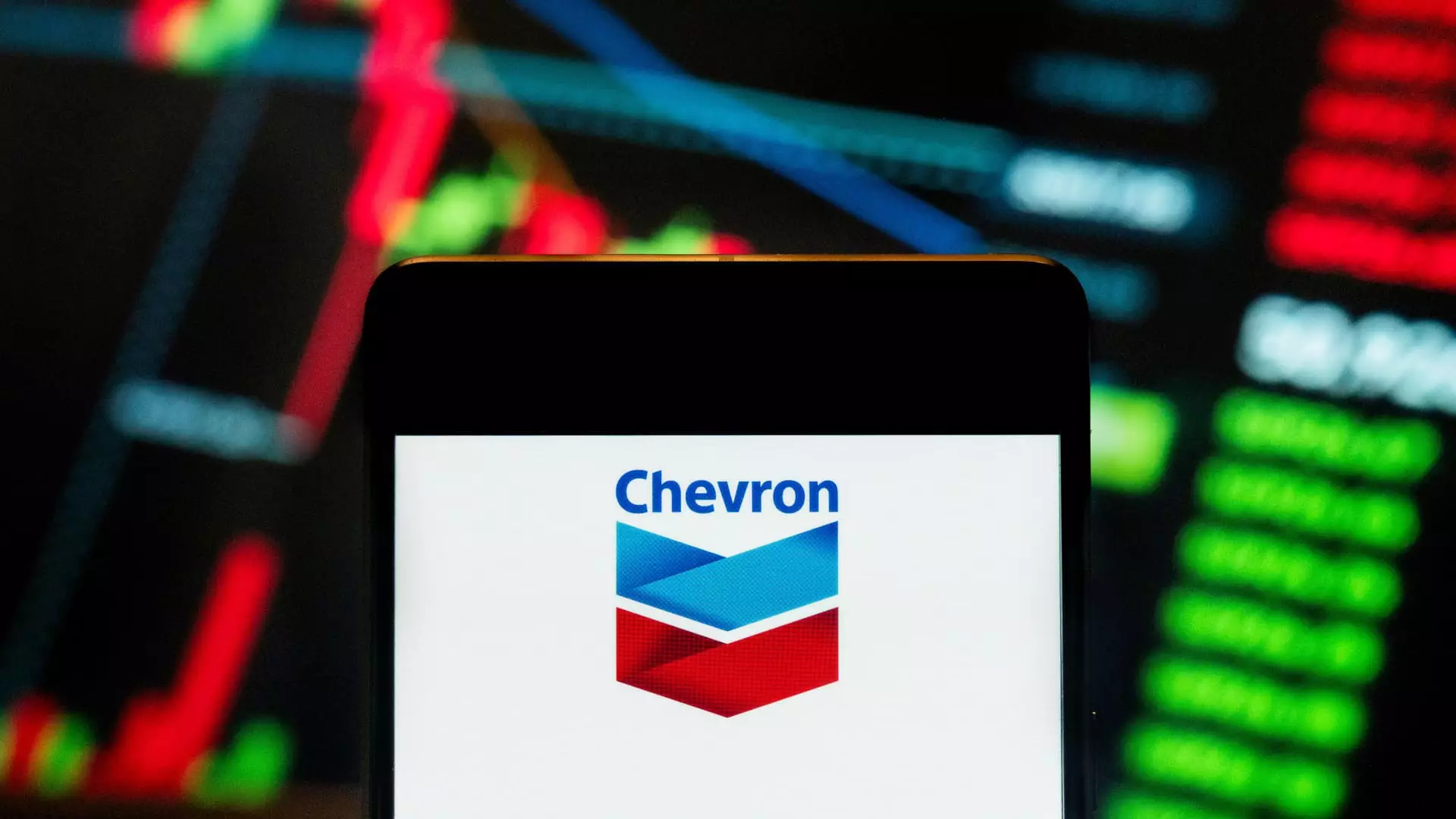In today’s financial landscape, marked by turbulence and unpredictability, the quest for stability has become more critical than ever for investors. As market pressures rise and geopolitical tensions simmer, particularly between significant economic players like the United States and China, investors are compelled to seek refuge in assets that offer reliable returns. Dividend stocks, with their allure of consistent income and potential for capital appreciation, are increasingly becoming the go-to choice for investors looking to safeguard against volatile markets. However, the façade of safety belies the inherent risks tied to reliance on such equities, as they remain subject to the very market fluctuations and geopolitical uncertainties they are intended to mitigate.
Recent tariff reductions announced between the U.S. and China offered a glimmer of hope. Yet, the lingering specter of steep regulatory actions under previous administrations continues to haunt the marketplace. Sector analysts have been working diligently to help wary investors sift through this uncertainty by recommending a select group of dividend-paying stocks. These stocks are generally lauded for their strong cash flows, yet a critical analysis reveals that even the most praised stocks are invariably tied to external variables that could influence their distributions significantly.
Hailing the Energy Sector: Stalwarts or Speculative Bet?
Among the stocks drawing attention, Chord Energy (CHRD) stands out as a noteworthy candidate for dividend-seeking investors. Recent disclosures from the company indicated that it returned all of its adjusted free cash flow (FCF) to shareholders, alongside a declare base dividend of $1.30 per share. Analysts have sung its praises, asserting that the company has a solid foundation thanks to prudent cost controls and operational efficiencies. While these factors indeed present a compelling case, investors should remain vigilant. The global energy market is fraught with unpredictability; a single downturn in commodity prices could quickly transform the current success story into a cautionary tale.
Analyst Gabriele Sorbara from Siebert Williams Shank has solidified his buy rating on CHRD, recently increasing the price target from $121 to $125, highlighting the stock’s favorable valuation relative to its peers. However, one must question whether such optimism could lead to complacency. The reality remains that no energy stock exists in isolation. Economic headwinds, regulatory changes, or even a shift in consumer sentiment could impair performance and earnings.
Chevron: The Goliath with Vulnerabilities
Turning our gaze to Chevron (CVX), we find a major player grappling with its own challenges amidst low oil prices. While the company continues its practice of returning substantial sums to shareholders through buybacks and dividends amounting to $6.9 billion in the recent quarter, a closer examination reveals the inherent risks involved. This once-bulletproof giant faces shrinking margins due to external factors like OPEC+ supply decisions and ongoing economic uncertainty. Analysts like Neil Mehta from Goldman Sachs maintain a buy rating, underscoring its long-term value proposition, yet doubts linger on its tenure in an ever-changing landscape. How much longer will such behemoths be able to weather the storm before significant cuts become a necessity?
Chevron’s strategy to expand operations in promising areas like the U.S. Gulf and its ongoing projects indicate a level of optimism, yet this approach could threaten its long-term financial health in the face of declining oil prices. With an ever-evolving market, relying solely on such strategies may be shortsighted.
EOG Resources: Riding the Waves of Power and Profit
In the midst of these macroeconomic uncertainties, EOG Resources (EOG) emerges as an intriguing case study. The company has once again proven its financial mettle by returning over $1.3 billion to shareholders. Analysts view EOG favorably due to its capacity to generate robust free cash flow, prompting RBC Capital’s Scott Hanold to retain a buy rating with an enhanced price target, reflecting a keen understanding of the industry.
Yet, even EOG’s success story is punctuated by cautionary notes. Its recent cuts to activity levels and reduced capital expenditure raise questions about its adaptability in a period where agility may be a keystone for survival. The move to adjust activity plans suggests that they are responding to macroeconomic pressures, which in itself is a revelation of how precarious the path ahead is for energy companies. EOG’s past successes give it a reputation, but this needs to translate into forward-thinking strategy that accommodates potential downturns.
As investors place their bets on these dividend-paying stocks, the question lingers: are we witnessing the emergence of stable investment opportunities, or simply tempting seductions hidden behind industry bravado? The balance of risk and return is a treacherous one, and despite the apparent stability offered by dividends, a deeper introspection reveals the pressing need for caution and strategic foresight. With the market more volatile than ever, the focus should be less on dividend yields and more on comprehensive risk assessment.


Leave a Reply